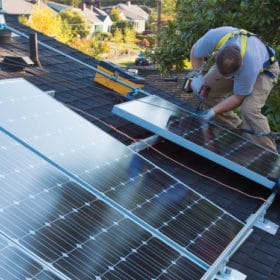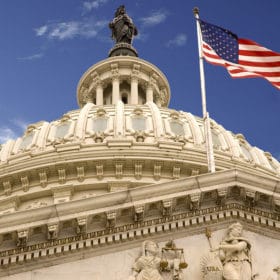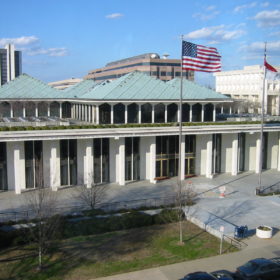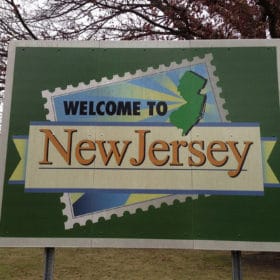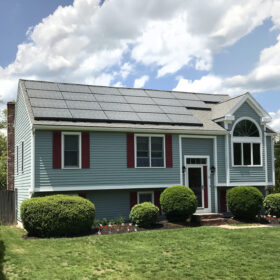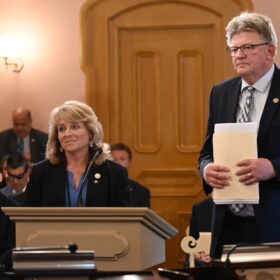Auxin and Suniva ask the ITC to extend Trump-era import tariffs
The two companies led the initial effort to impose tariffs and now claim they have been unable to complete plans to adjust to import competition given the pandemic, alleged “predatory” pricing, and other factors.
Appeals court upholds ITC patent finding
The U.S. Court of Appeals for the Federal Circuit affirmed an International Trade Commission finding that JinkoSolar’s products do not infringe a patent asserted by Hanwha Q CELLS.
Two Midwest states look to expand community solar presence
Michigan and Wisconsin have both introduced community solar legislation, banking on the success that neighboring Minnesota has had with community installations.
FirstEnergy acknowledges wire fraud conspiracy, agrees to pay $230 million penalty
In court filings, the Ohio utility admitted it conspired with public officials to pay millions of dollars for legislation favorable to its nuclear power plants.
Sunrise brief: Making the case for installing solar on 30 million homes
Also on the rise: A solar-friendly infrastructure bill is facing early tests in Congress, the NAACP develops solar power principles to address inequity, and more energy storage enters service in California.
Here’s how a solar-friendly infrastructure bill may get through Congress
In the thread-the-needle world of the evenly divided Senate, success or failure may hinge on the actions of two senators and one gatekeeper whose name you may have never heard.
Sunrise brief: With residential solar demand ‘through the roof’ can supply chains keep up?
Also on the rise: An insurer warns the solar industry about wildfire risks, Hawaiian Electric’s storage incentive program goes live, and solar energy jobs were lost in the pandemic year but are coming back, DOE says.
SolarAPP+ launches, can cut costs and timelines for residential rooftop permits
Secretary of Energy Jennifer Granholm and solar industry leaders introduced the NREL-developed app as one-stop shop for instant, automated permits.
North Carolina bill hides reduced utility oversight behind lots of new renewables
House Bill 951 would lead to a huge procurement of renewables, but is soured by the additions of gigawatt-scale natural gas capacity, reduced regulator authority, and potential multi-year rate hikes.
New Jersey is set to pass two key pieces of solar legislation
S2605 establishes a successor to the state’s solar renewable energy certificate program, incentivizing the development of at least 3,750 MW of solar, while S3484 would establish a dual-use solar project pilot program for unpreserved farmland.



